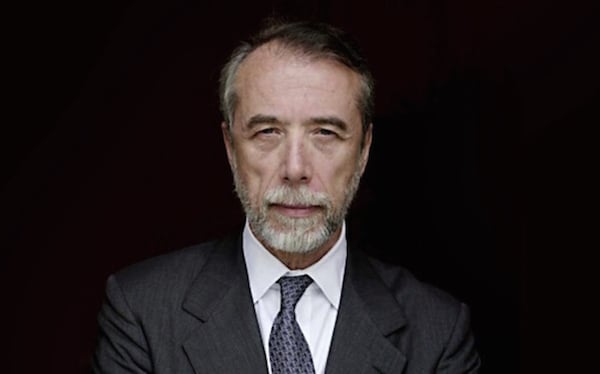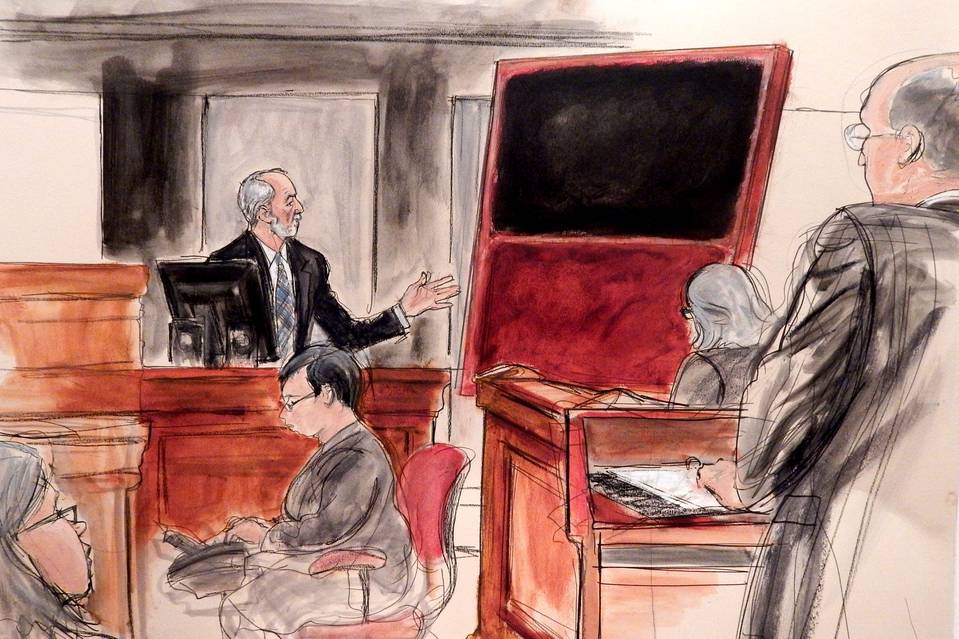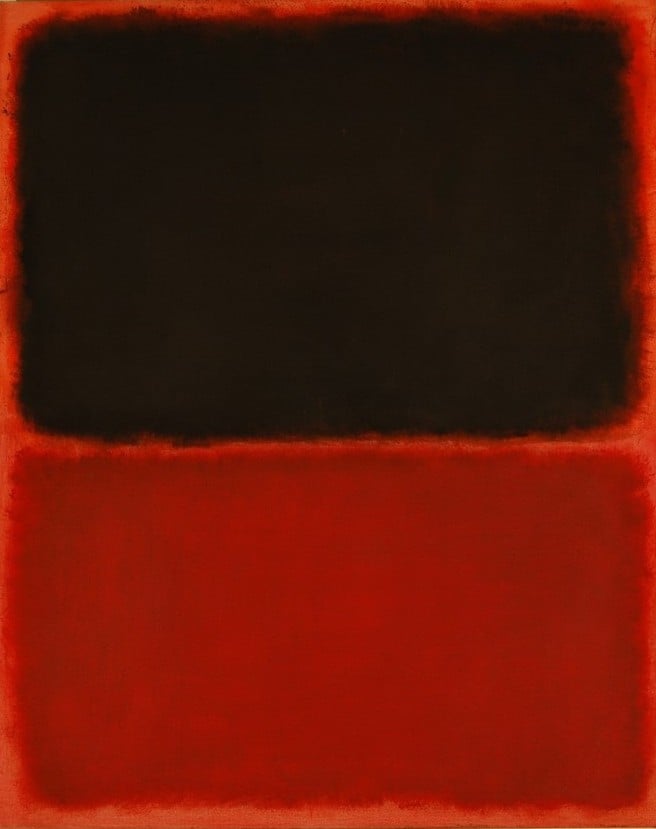Auctions
Domenico De Sole Speaks About the Knoedler Fraud Trial
De Sole said he would have "walked away" in exchange for a refund.

De Sole said he would have "walked away" in exchange for a refund.

Eileen Kinsella

The Knoedler forgery trial, in which collectors Eleanore and Domenico De Sole sued the now-shuttered Knoedler & Co. gallery and its former president Ann Freedman for $25 million, for the sale of a fake Mark Rothko painting, kicked off on January 25, and was expected to last about four weeks.
The trial ended sooner than expected. On Sunday, February 7, a little over two weeks after the plaintiffs began presenting their case with testimony and evidence, Freedman settled with the De Soles. Just a few days later, the gallery and its related holding company, 8-31 Holdings, settled with the plaintiffs. The De Soles, who testified independently, were in court each day from the start of the trial. However, on the morning of Wednesday February 10, when news of the settlement officially emerged, neither was present.
With the agreement having been largely hammered out on the preceding afternoon (February 9), Domenico De Sole had already departed for Atlanta for board meetings by Wednesday morning, according to his attorney, Gregory Clarick.

A courtroom sketch of Domenico De Sole on the witness stand with the fake Rothko painting he bought from Knoedler gallery.
Photo: Elizabeth Williams, courtesy ILLUSTRATED COURTROOM.
“I’m happy that we went to court,” De Sole told artnet News from his home in Aspen this past weekend about the trial overall, “as the truth was established.”
Of more than 10 lawsuits filed so far over the sales of fake paintings that were brought to Knoedler by Long Island dealer Glafira Rosales, the De Soles’ suit is the only one to make it to trial so far. Several more cases are pending.
In late 2010, after stories started to surface about fake paintings purportedly by Robert Motherwell and Jackson Pollock being sold through Knoedler, the De Soles hired forensic analyst James Martin to investigate their paintings.
“When Jamie Martin’s report, which I believed and trusted, came back that the Rothko was a fake,” said De Sole, “[Freedman, Knoedler, and 8-31 holdings] were insistent that this was not the case and that it was authentic. My point of view was, ‘Fine, if it’s authentic, give me my $8.3 million back and I’ll walk away. Now you can sell this authentic Rothko for more than twice as much, $18 million, or whatever and you can make a huge profit.’ When they absolutely refused to do that I knew that, one, the Rothko was definitely a fake, and two, they knew for sure that it was a fake.”

A painting sold by Knoedler as a Mark Rothko that turned out to be fake.
Freedman and Knoedler’s attorneys initially disputed the fact that the paintings were fake, offering theories about certain paint pigments being available to artists before being made commercially available, or casting doubt on methods used to analyze the works.
Indeed, between the time that the De Soles purchased the purported Rothko from Knoedler in 2004 and the time that they subjected it to forensic analysis via James Martin of Orion Analytical roughly seven years later, the market for Rothko, along with the broader contemporary art market, had soared.
For instance in 2007 at Christie’s New York, a 1950 Rothko painting White center (Yellow, pink and lavender on rose) shattered previous price levels when it sold for $72.8 million. The following year, also at Christie’s, a 1952 Rothko, No. 15, sold for $50 million. Rothko’s prices have risen even higher in the ensuing years. In 2014, a new record of $86.9 million for Orange, Red Yellow (1961), was set at Christie’s, New York.
This past May, another painting, No. 10 (1958), sold for $81.9 million at Christie’s New York, establishing the second highest auction price for the artist ever. To date, according to the artnet Price Database, seven Rothko paintings have been sold at auction for more than $50 million each. Two dozen works have sold for more than $20 million each, and 35 works have sold above $10 million a piece.
What is De Sole going to do now that the case has settled?
“I’m going to sleep for a few days,” he said.